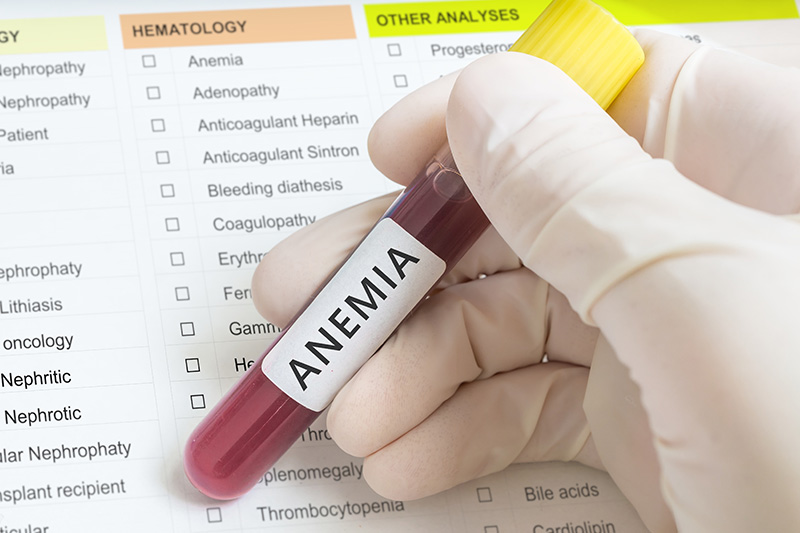Anaemia
What is anaemia
A person who has anaemia does not have enough red blood cells in their body. The body needs these cells to take oxygen from the lungs to the rest of the body. Anaemia is prevalent. It’s often easy to treat. In some cases, it can be serious.
Causes of anaemia,
Three main reasons cause anaemia:
- You are losing too much blood.
- Your body doesn’t make enough of the red blood cells.
- Disease or other problem that is destroying red blood cells.
Types of anaemia
Different types of anaemia have different causes. They include the following:
- Iron deficiency Anaemia: This most common type of anaemia is caused by the lack of iron in the body. The bone marrow needs some iron to make haemoglobin. The body cannot produce enough haemoglobin for the red blood cells without adequate iron. This kind of anaemia occurs in many pregnant women without iron supplements. It could be caused by blood loss, such as severe menstrual bleeding, ulcers, cancer, and frequent use of certain over-the-counter pain relievers, especially aspirin, which may cause inflammation of the stomach lining leading in blood loss.
- Vitamin deficiency anaemia: Apart from iron, the body needs vitamin B-12 and folate for the production of adequate red blood cells. A diet which lacks in these vitamins and other vital nutrients may lead to a decrease in the production of red blood cells. Some people who consume enough B-12 are also unable to absorb vitamins. It may lead to vitamin deficiency anaemia, also known as pernicious anaemia.
- Anaemia of inflammation: Certain diseases such as cancer, kidney disease, HIV / AIDS, rheumatoid arthritis, Crohn’s disease and other chronic or acute inflammatory diseases — may affect the production of red blood cells.
- Aplastic anaemia: This rare, life-threatening anaemia occurs when the body does not produce enough red blood cells. The causes of aplastic anaemia are infections, autoimmune diseases, certain medicines, and exposure to harmful chemicals.
- Anaemias associated with bone marrow disease: Many diseases, such as leukaemia and myelofibrosis, can cause anaemia by affecting the blood production in the bone marrow—the effects of these types of cancer and cancer-like problem range from mild to life-threatening.
- Haemolytic anaemia: This group of anaemias develops when the red blood cells are destroyed faster than the bone marrow can replace them. Certain diseases of the blood increase the destruction of red blood cells. You may inherit haemolytic anaemia, or you may develop it later in life.
- The sick cell anaemia: This inherited, and the sometimes-serious condition is haemolytic anaemia which is caused by a defective form of haemoglobin that forces the red blood cells to assume an abnormal crescent (sickle) shape. These irregular blood cells die prematurely that lead to a chronic lack of red blood cells.
Symptoms
- One may feel dizzy, tired, and weak
- One may feel their heart-pounding, or you may feel short of breath.
- It might be challenging to focus and think clearly
Treatment
Sometimes all a person needs is a balanced diet. Some people need to have iron pills. Others may need a vitamin such as vitamin B12 or folic acid. A person may also get treatment for any problem that causes anaemia, such as ulcers or bone marrow problems. People who are very anaemic may need to have blood transfusions. They may also need other treatments, such as medicines to suppress the immune system.





